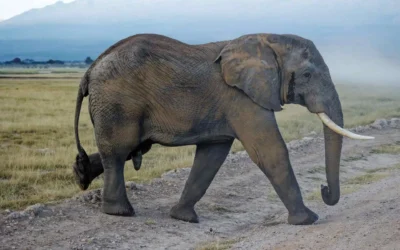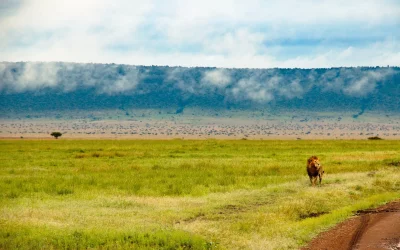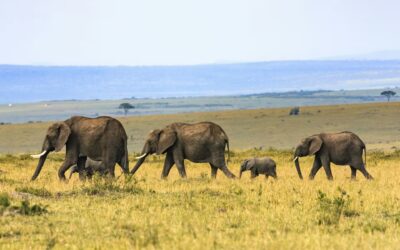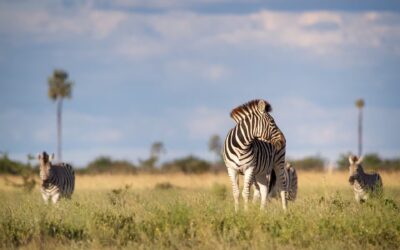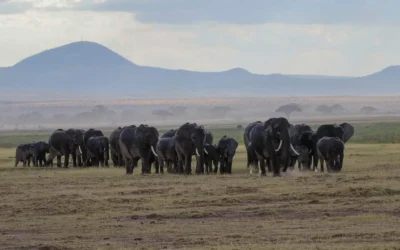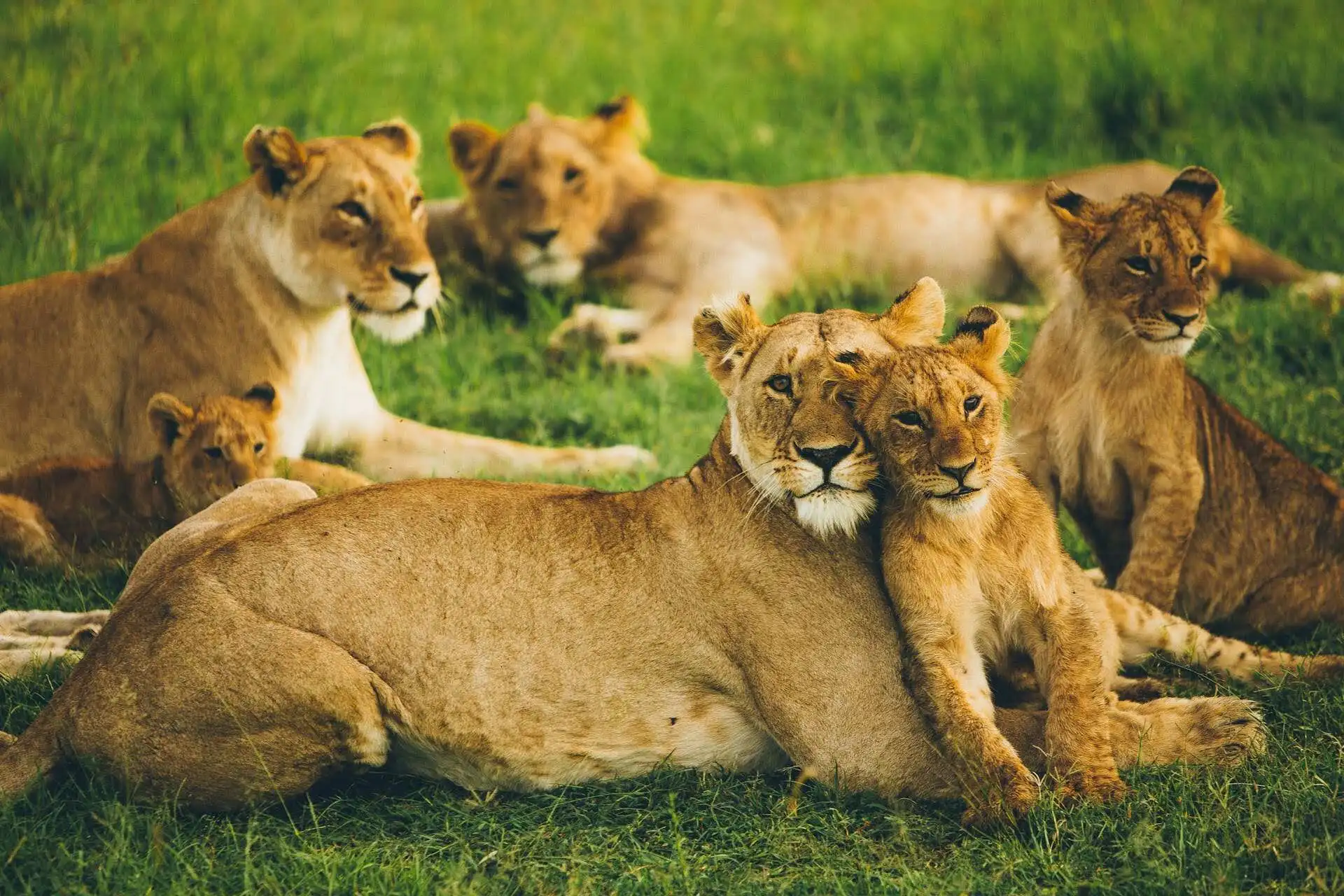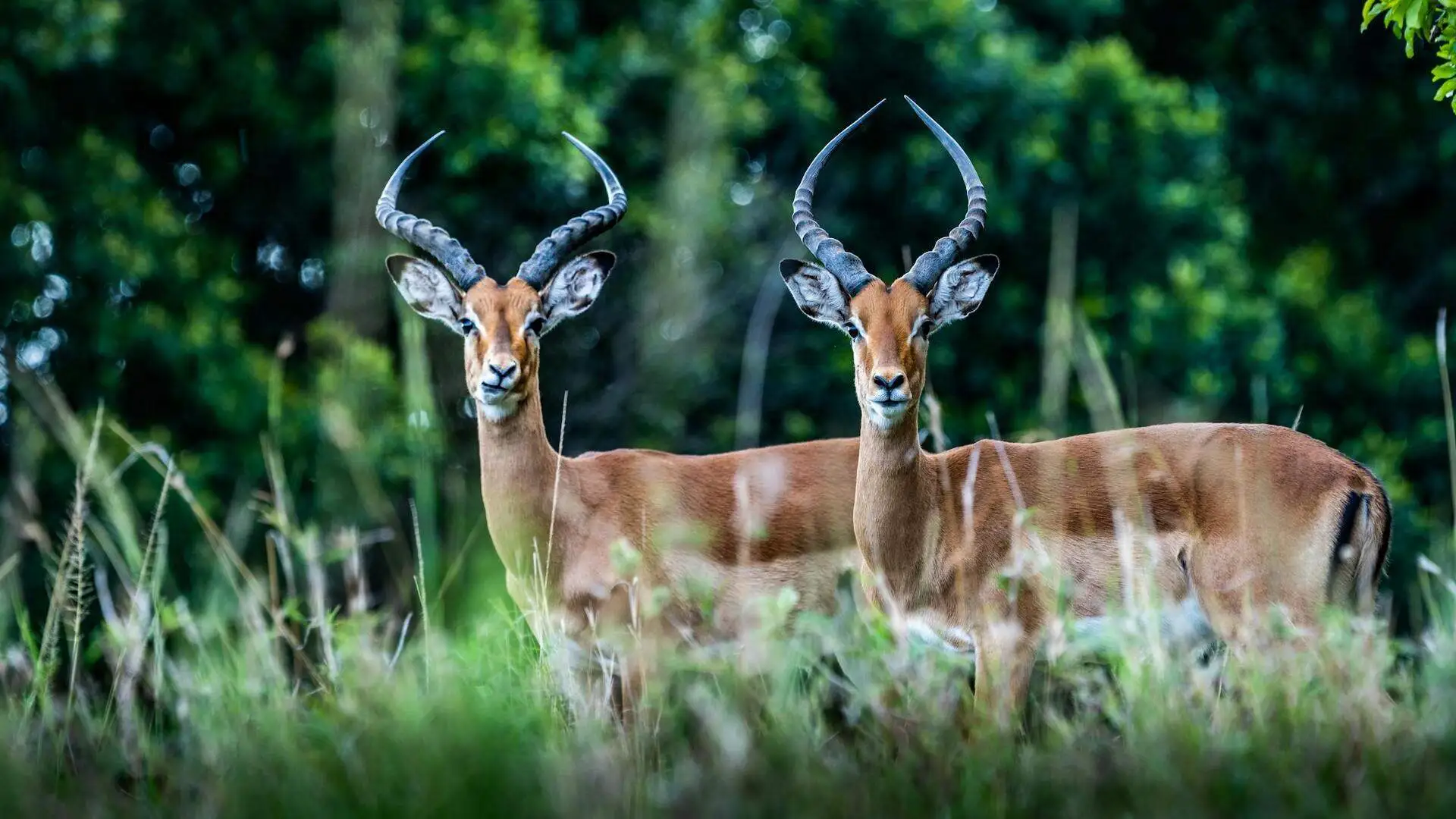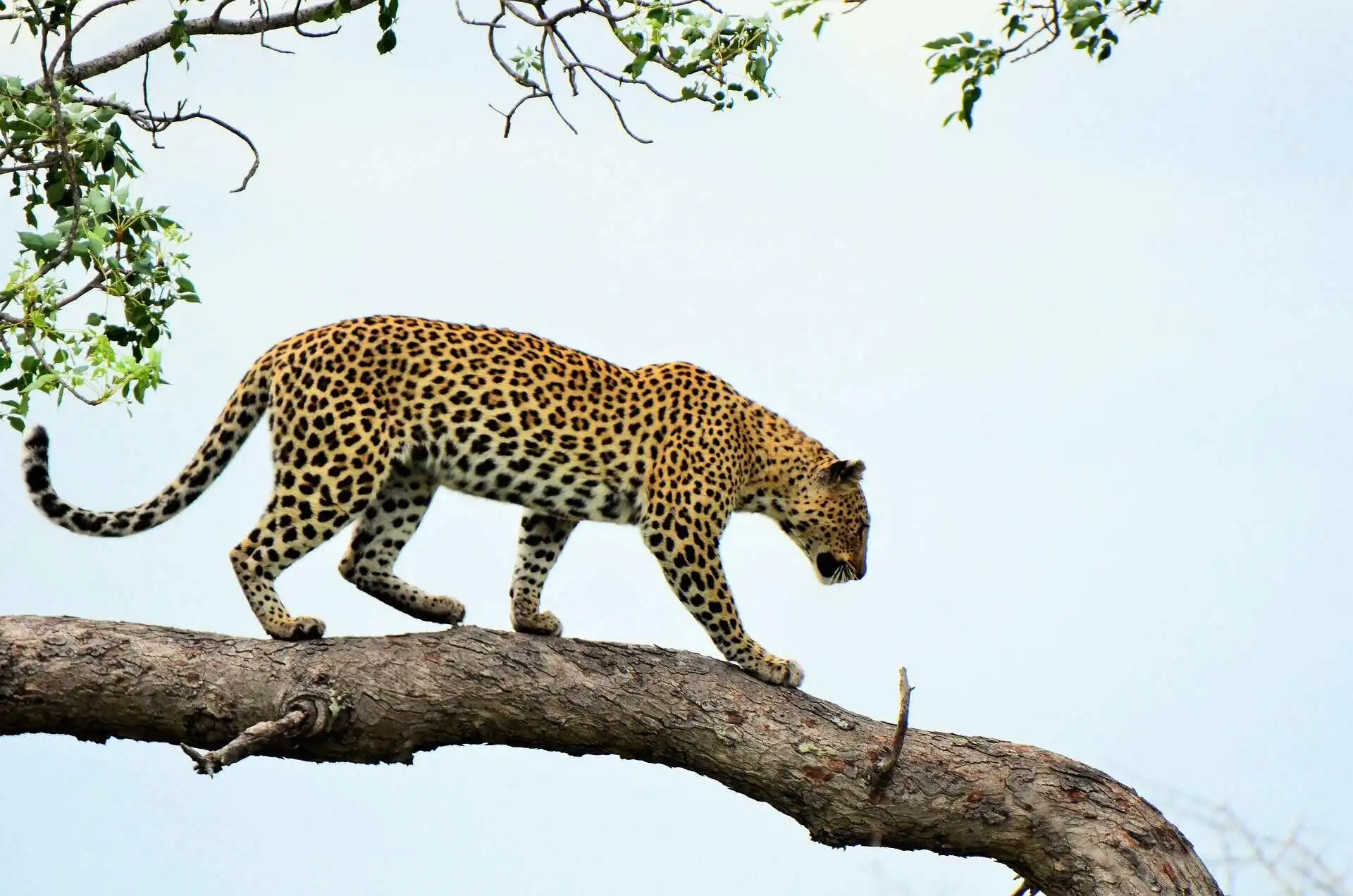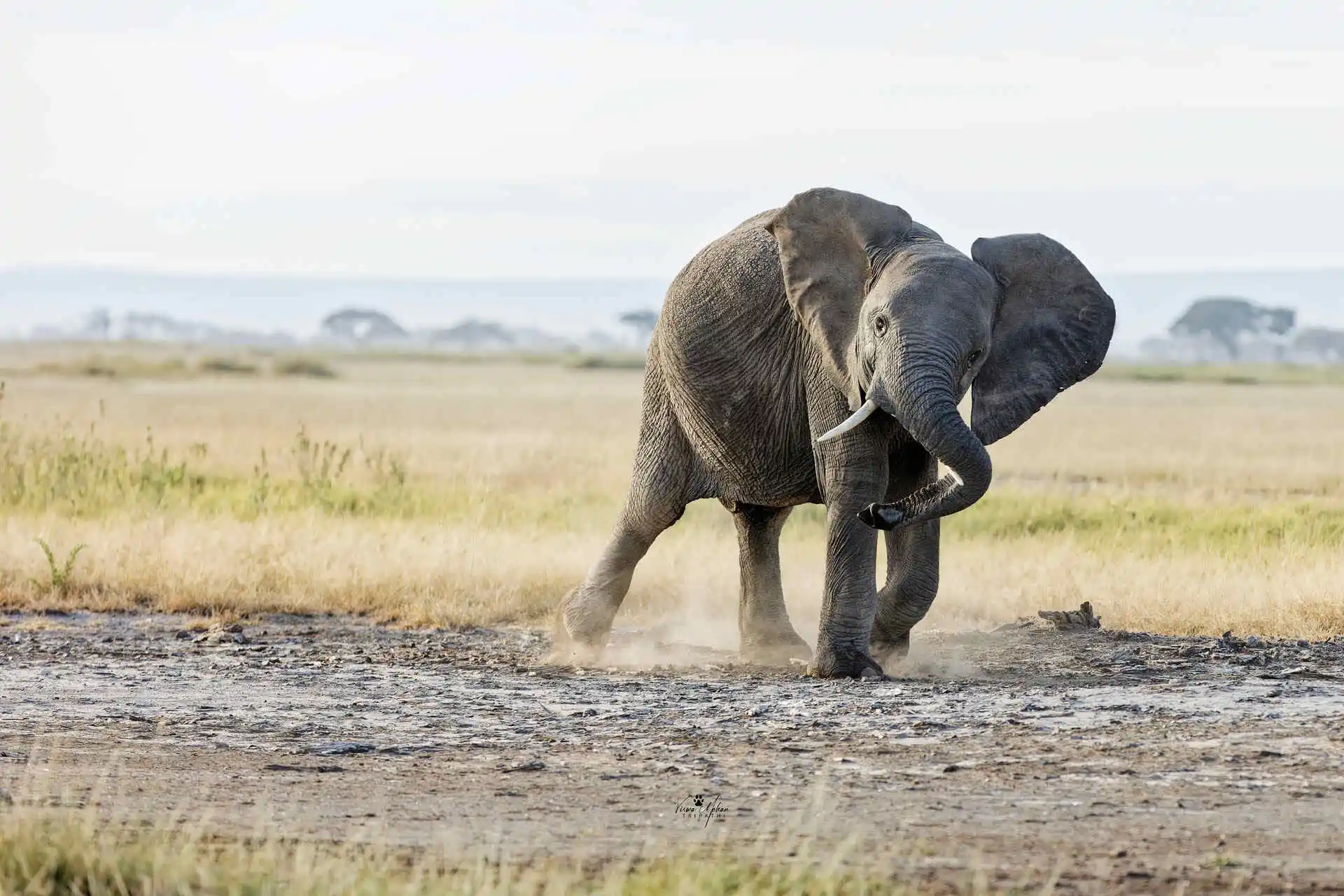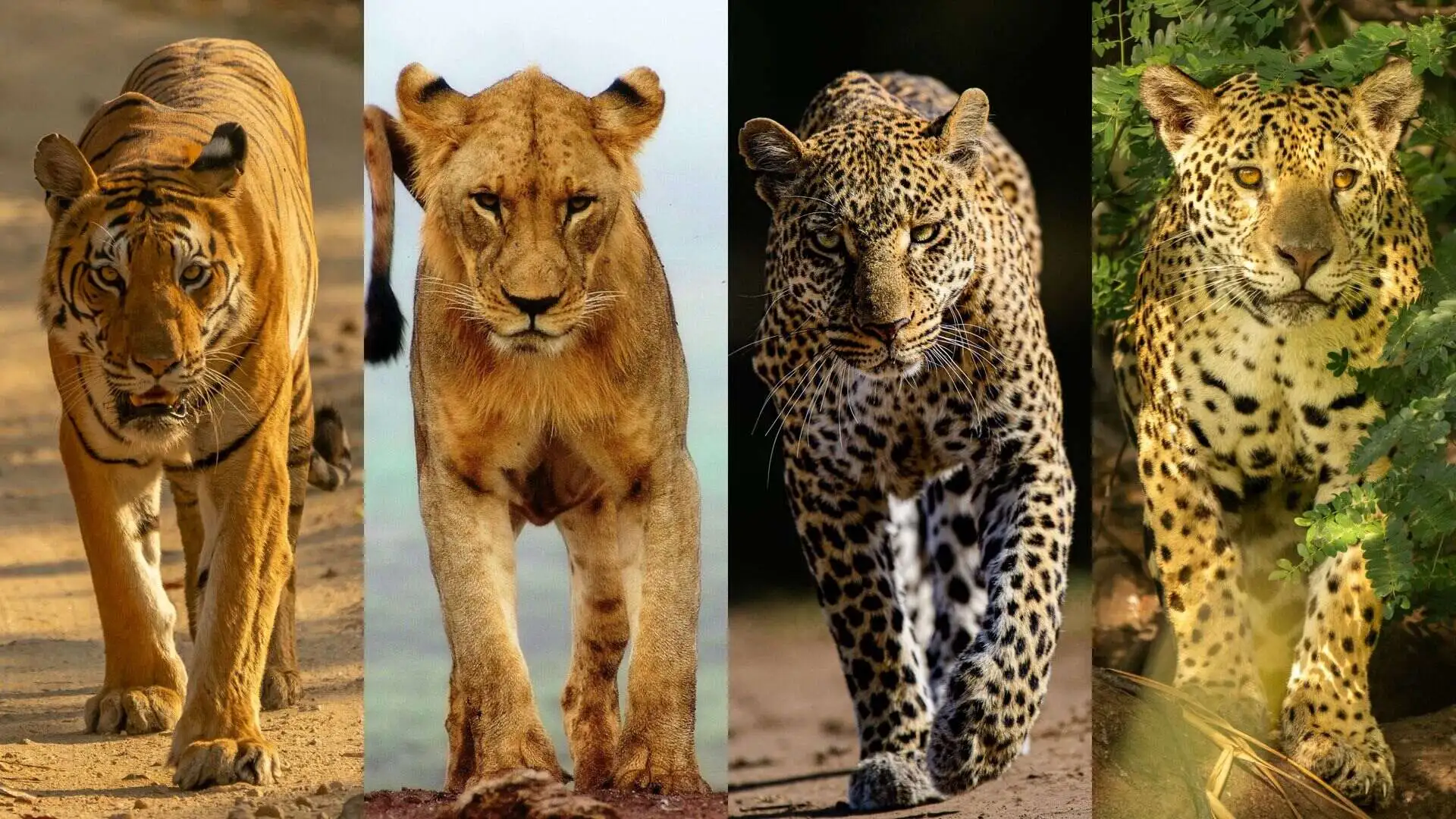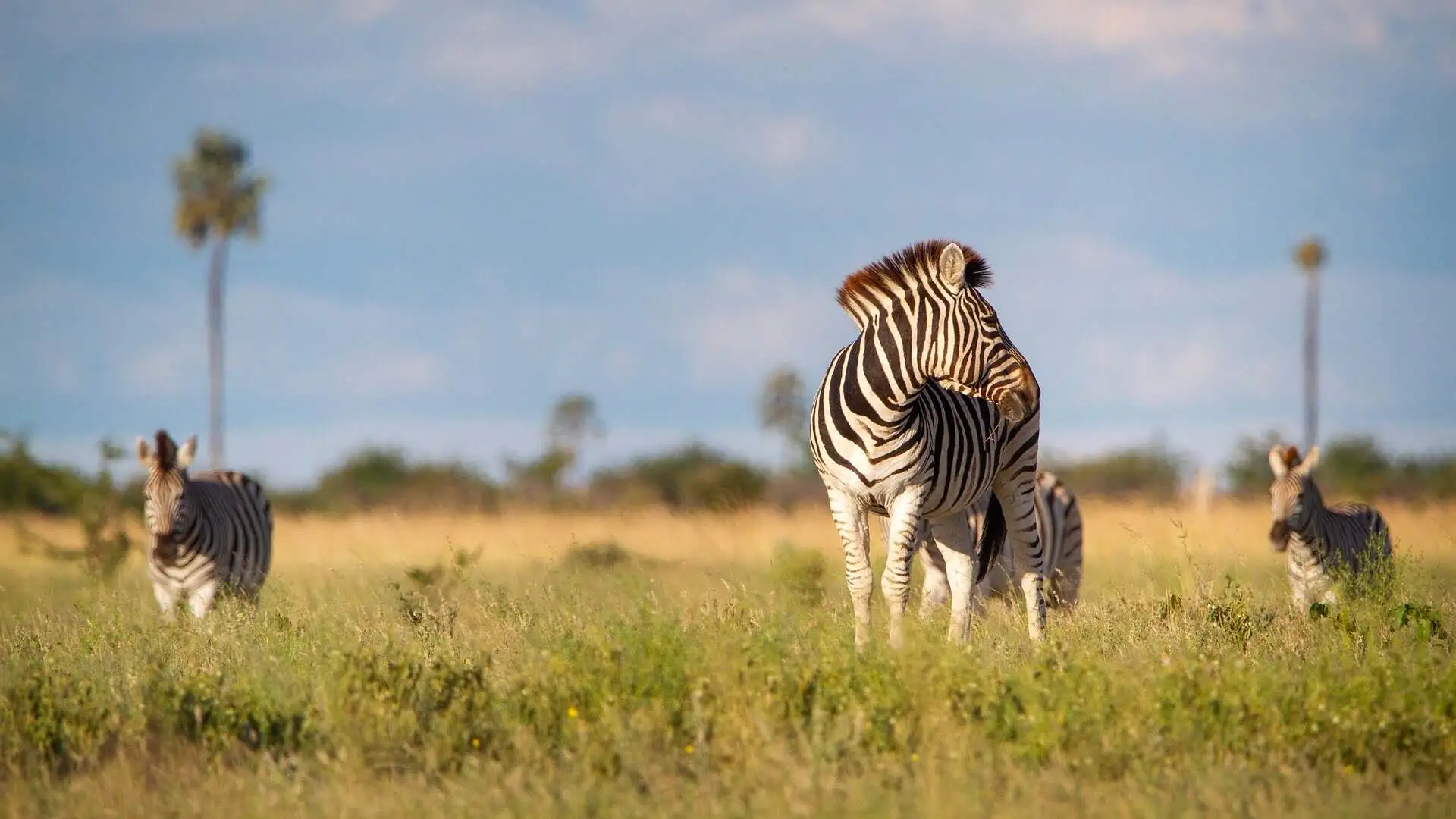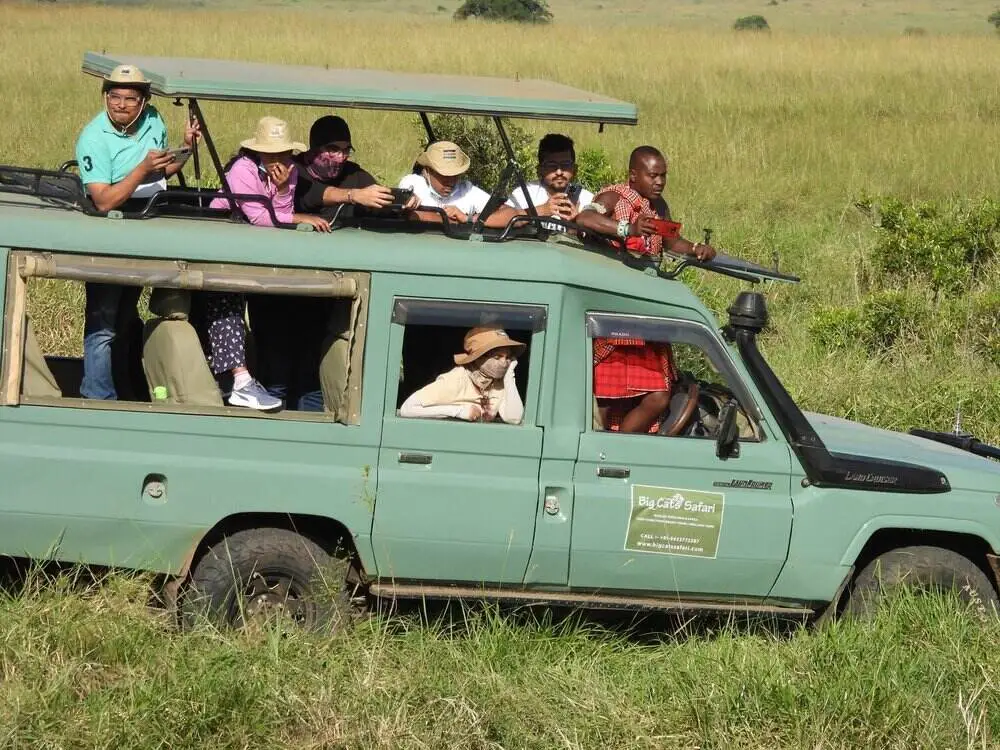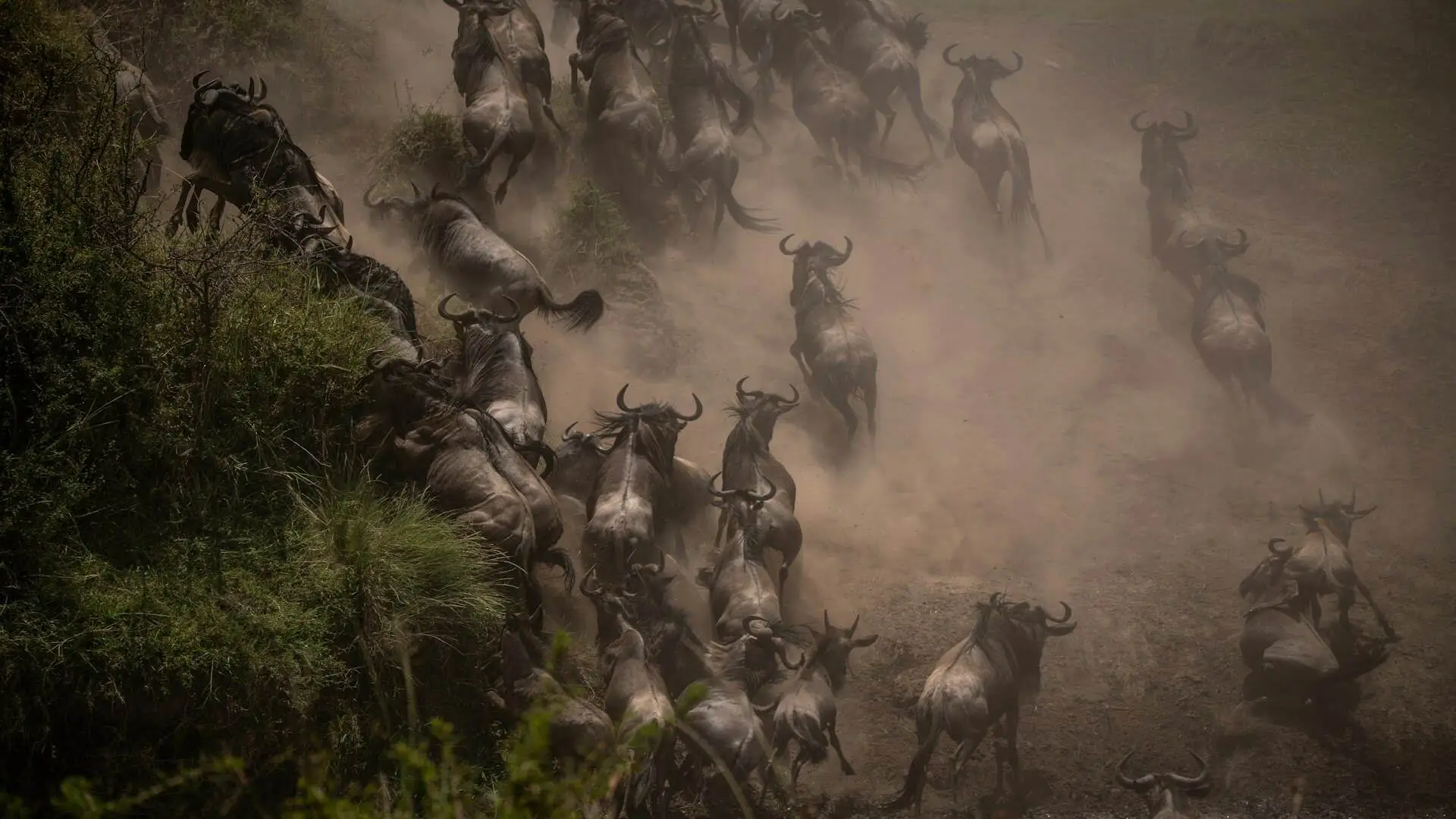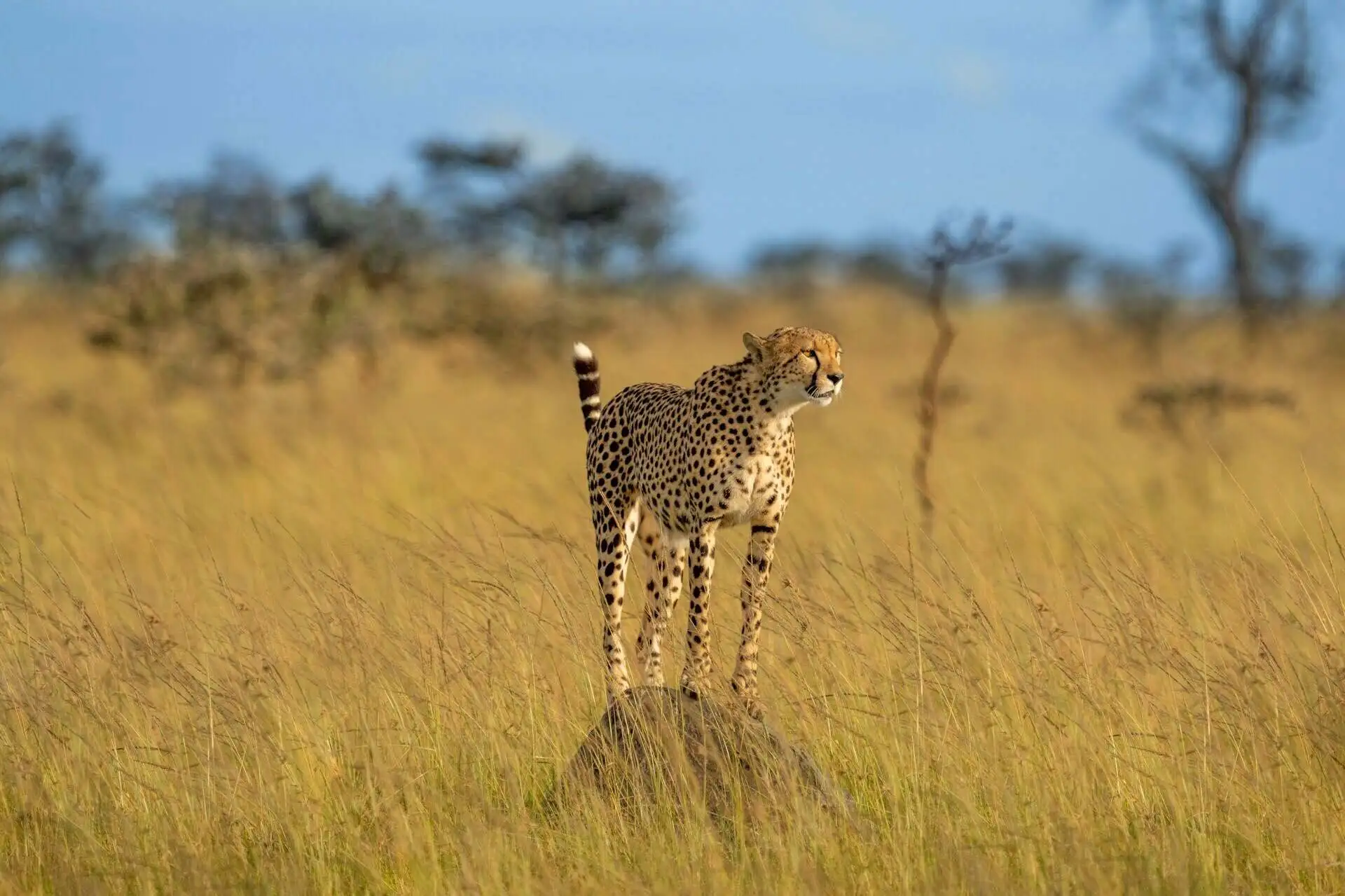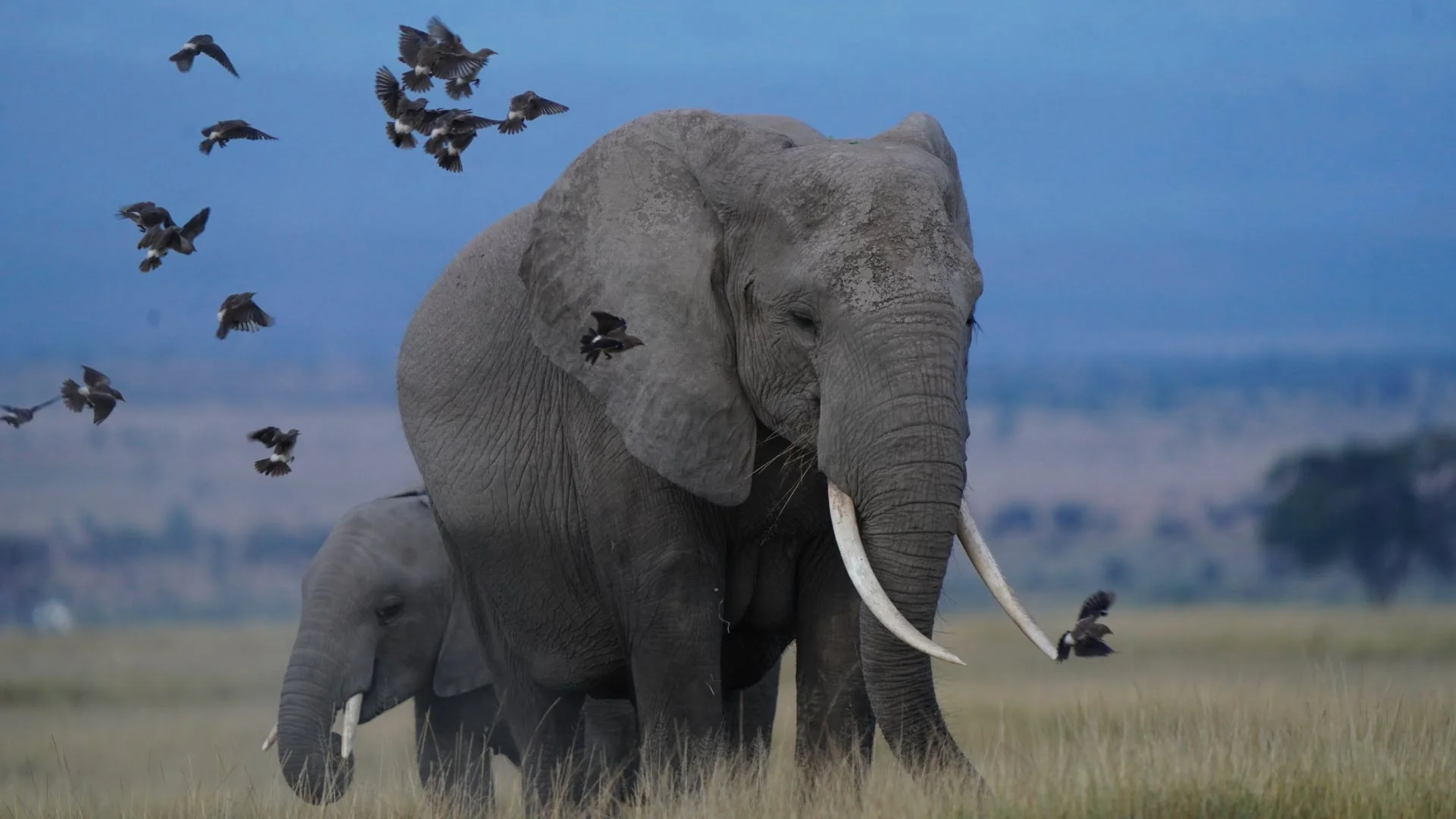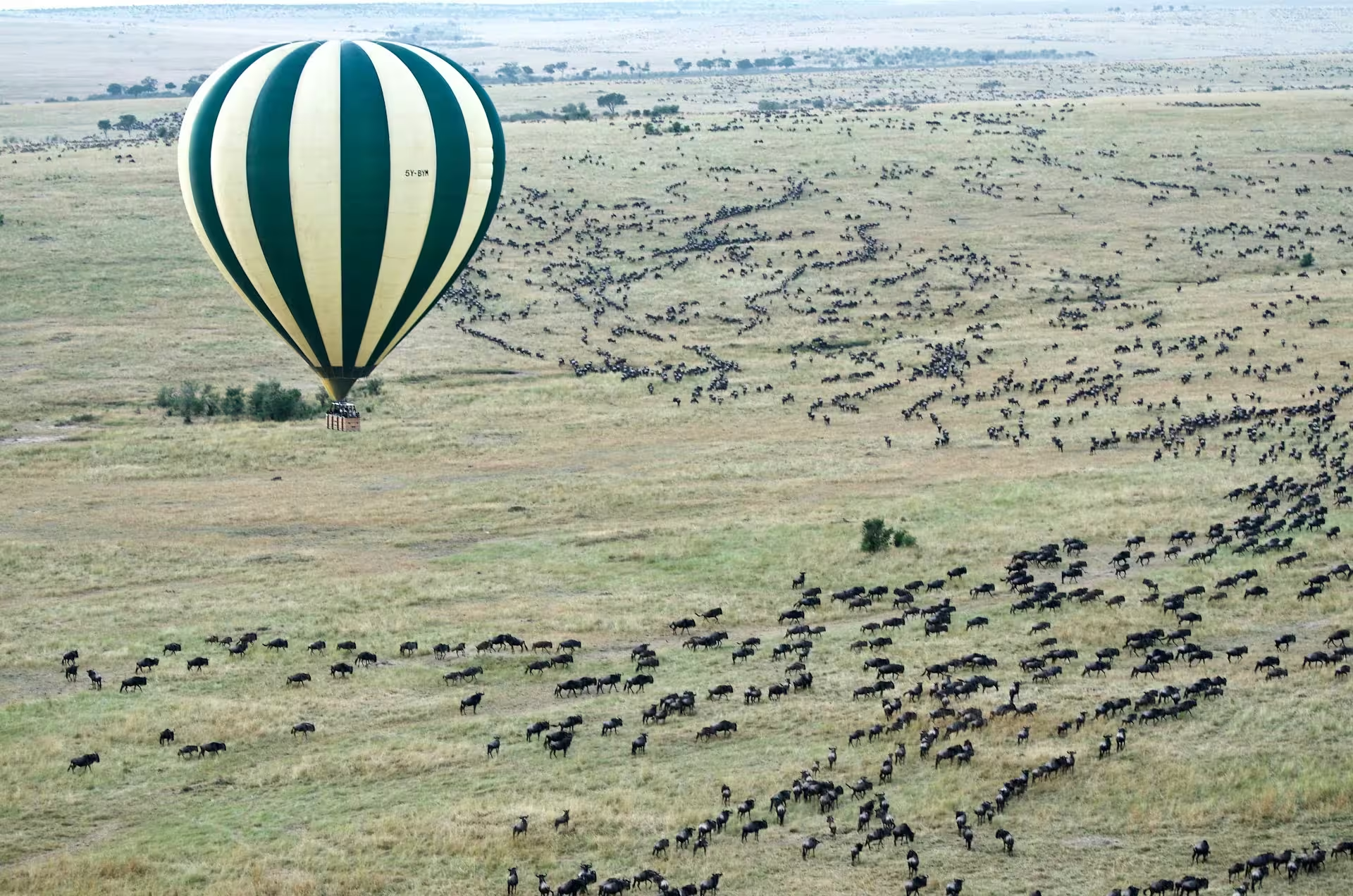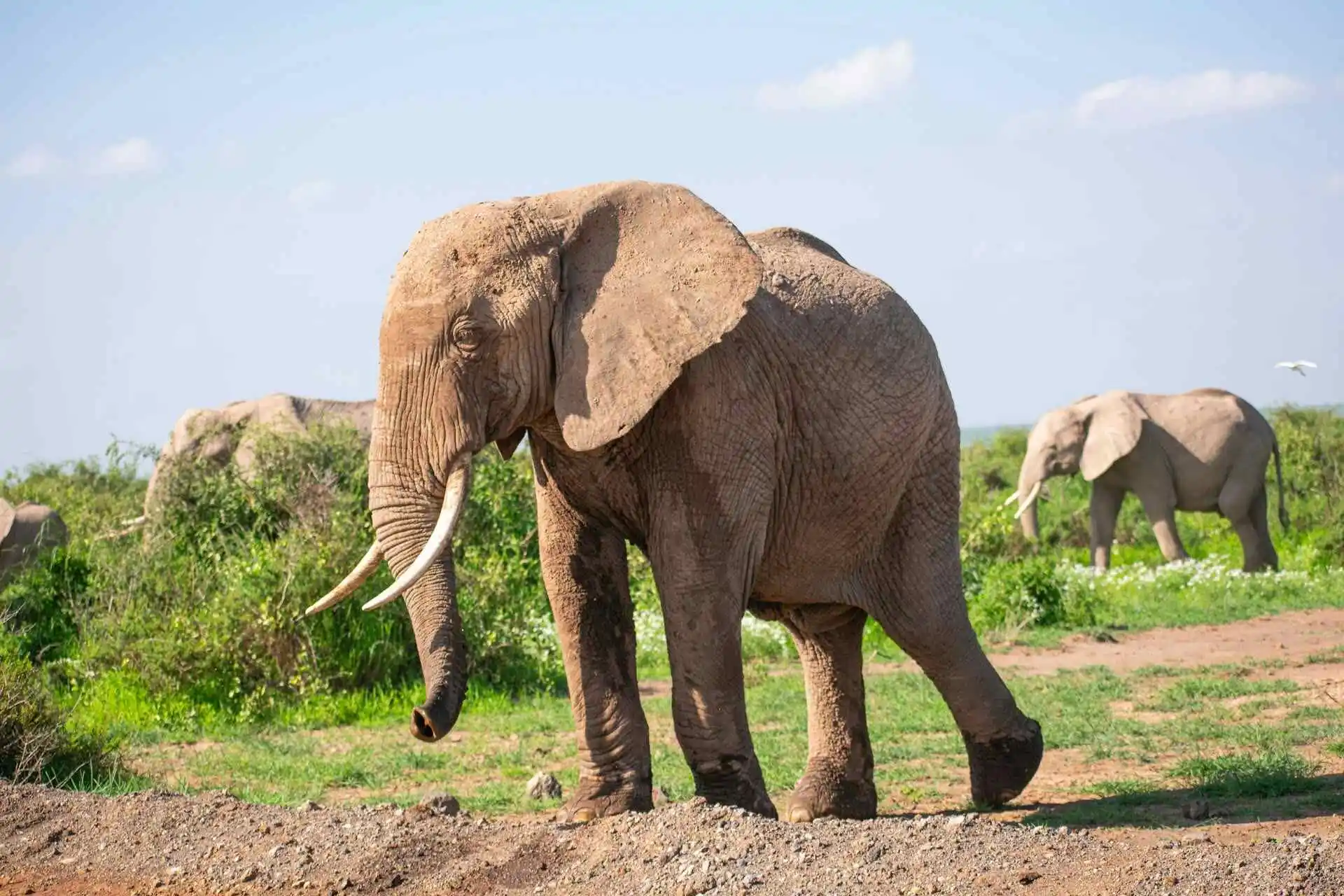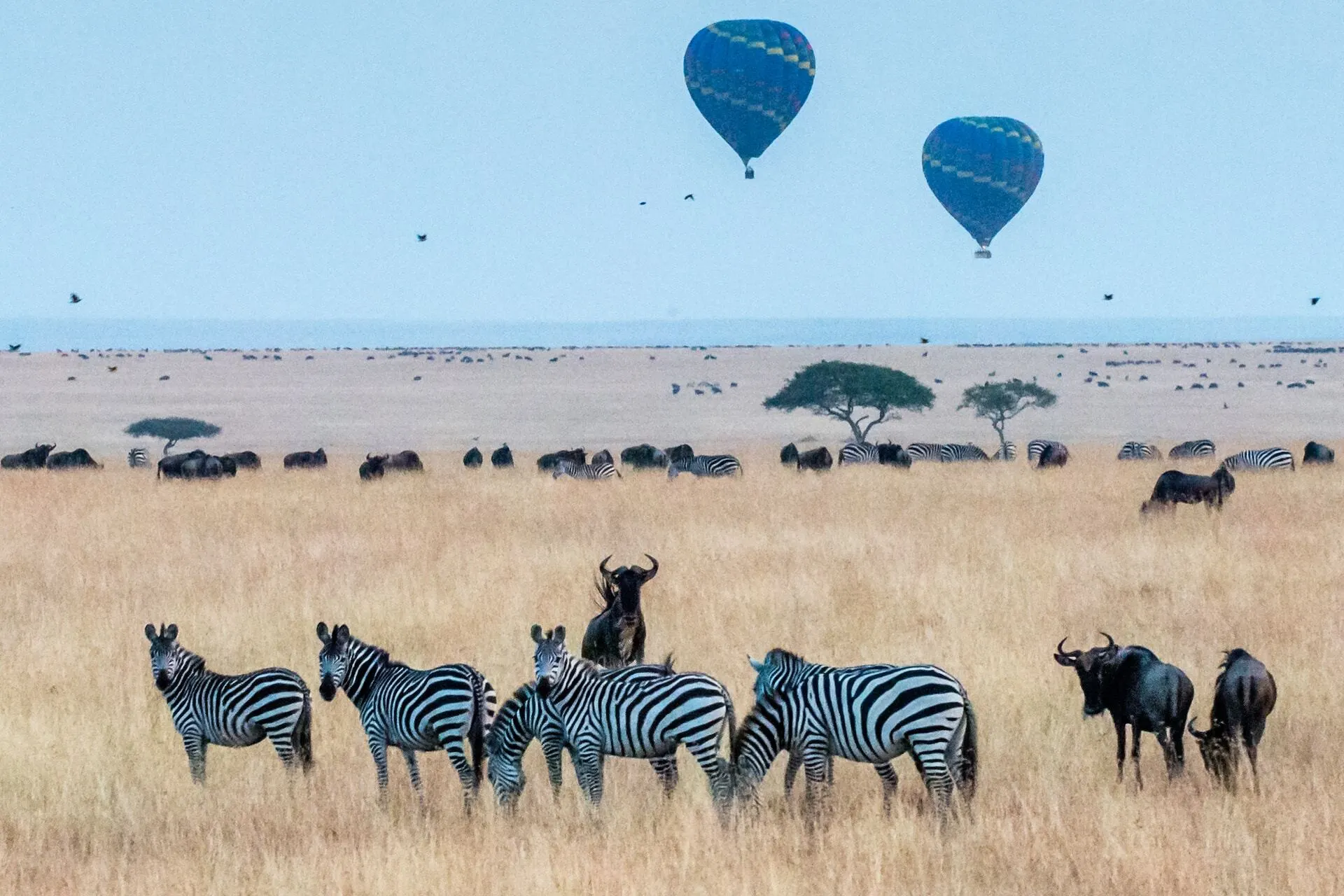A Tale of Two Kings
Introduction: Two Legends, One Ancestry
The lion has long been a symbol of strength, pride, and majesty – but not all lions are the same. The world’s lion population is divided into two distinct subspecies: the African Lion (Panthera leo leo) and the Asiatic Lion (Panthera leo persica).
Once roaming across Africa, the Middle East, and large parts of Asia, these two lineages now survive in very different worlds. The African lion still rules vast savannahs across sub-Saharan Africa, while the Asiatic lion has found its last refuge in India’s Gir National Park.
Though they share a common ancestor, time, geography, and adaptation have shaped them into two distinct versions of the same royal bloodline.
Habitat and Distribution
African Lion
The African lion is widespread across eastern and southern Africa, inhabiting savannahs, grasslands, and open woodlands. You can find them in Kenya’s Masai Mara, Tanzania’s Serengeti, Botswana’s Okavango Delta, and South Africa’s Kruger National Park. Their territories are vast, and their prides roam freely across these open plains.
Asiatic Lion
In contrast, the Asiatic lion’s range has drastically shrunk. Today, Gir National Park in Gujarat, India, is the only place on Earth where this subspecies survives in the wild. Gir’s dry teak forests and thorny scrublands offer a very different environment – denser, quieter, and more compact than Africa’s open grasslands.
Physical Differences
At first glance, both lions look similar, but subtle details set them apart:
- Mane: The African lion typically has a fuller, darker mane that extends around its head and chest, giving it a larger, more imposing appearance. The Asiatic lion’s mane is sparser, leaving its ears visible and its face more defined.
- Body Build: Asiatic lions are slightly smaller and leaner than their African cousins. They have longer tufts of hair along their elbows and a distinct belly fold – a loose flap of skin that runs along the midline of their abdomen.
- Tail Tuft: Both species have tufted tails, but the Asiatic lion’s tuft is often darker and more prominent.
Quick Comparison
| Feature | African Lion | Asiatic Lion |
|---|---|---|
| Average Male Weight | 180 - 225 kg | 160 - 190 kg |
| Mane | Full and dense | Sparse and shorter |
| Belly Fold | Absent | Prominent |
| Ear Visibility | Covered by mane | Clearly visible |
| Habitat | Open savannah | Dry forest |
Social Structure and Behavior
African Lion
African lions are famously social, living in large prides that can include up to 20 members or more. These prides usually consist of related females, their cubs, and a coalition of males. Cooperation in hunting and protecting cubs is a hallmark of African lion society.
Asiatic Lion
Asiatic lions, on the other hand, are more solitary. Males and females tend to form smaller, looser groups – often just a pair or a small family. Males rarely stay with females unless mating or feeding on a kill. This difference is largely due to the limited prey base and denser forest habitat of Gir, which cannot support large prides.
Prey and Hunting Style
African Lion
In Africa, lions hunt medium- to large-sized ungulates like wildebeest, zebra, and buffalo. Coordinated group hunting is common, with females doing most of the stalking and chasing. Their open habitat favors teamwork and visibility.
Asiatic Lion
The Asiatic lion’s diet consists mainly of sambar deer, nilgai (blue bull), chital, and wild boar. Hunting here is often a solitary or small-group effort due to the dense vegetation.
Interestingly, both species are opportunistic feeders – they will scavenge if the opportunity arises.
Population and Conservation Status
African Lion
African lion populations have declined significantly due to habitat loss, conflict with humans, and poaching. Current estimates suggest around 20,000 – 23,000 lions remain in the wild, scattered across fragmented landscapes.
Asiatic Lion
The Asiatic lion’s story is one of recovery. From fewer than 20 individuals in the early 1900s, the population in Gir has grown to over 700 today. Strict protection by the Gujarat Forest Department and local communities has played a crucial role in this success – though the species still remains Endangered, as all individuals are confined to a single habitat.
Roar and Territory
Both lions roar – but for slightly different reasons.
- The African lion’s roar can be heard up to 8 km away and is used to communicate across vast grasslands, warn rivals, and coordinate within prides.
- The Asiatic lion’s roar tends to be shorter and less thunderous – a reflection of its forested environment, where dense vegetation absorbs sound.
Genetic Lineage and Evolution
Genetic studies show that African and Asiatic lions diverged roughly 100,000 years ago. Despite this split, they share about 99% of their DNA, meaning they could theoretically interbreed. However, each has adapted to its environment so distinctly that conservationists now treat them as separate management units.
Tourism and Viewing Opportunities
- In Africa: The best places to see African lions include Kenya’s Masai Mara, Tanzania’s Serengeti, Botswana’s Okavango Delta, and South Africa’s Kruger National Park. Each offers exceptional safari experiences with world-class lodges and expert guides.
- In India: The only place to see Asiatic lions in the wild is Gir National Park, where visitors can explore the park’s dry forests on guided jeep safaris. The experience is more intimate – fewer crowds, dense habitat, and the rare chance to see the last Asiatic lions on Earth.
Tourism and Viewing Opportunities
In Africa
You can spot African lions in premier wildlife destinations like:
- Masai Mara National Reserve – Kenya
- Serengeti National Park – Tanzania
- Okavango Delta – Botswana
- Kruger National Park – South Africa
Each region offers luxurious lodges, expert-guided safaris, and some of the world’s most dramatic wildlife encounters.
In India
The Asiatic lion can only be seen in one place, Gir National Park. Visitors can enjoy jeep safaris through teak and acacia forests, where lions are often found resting under shade or walking along dusty tracks.
Conservation Challenges
Both species face immense challenges – though for different reasons:
- Habitat Loss: Expanding agriculture and human settlements continue to shrink wild spaces.
- Human – Wildlife Conflict: Lions occasionally prey on livestock, creating friction with local communities.
- Poaching and Illegal Trade: Lions are targeted for body parts used in traditional medicines.
- Genetic Vulnerability (Asiatic Lions): A single population increases risk from disease outbreaks.
- Climate Change: Droughts and habitat changes affect prey availability and lion behavior.
Despite these pressures, conservation programs in India’s Gir and Africa’s protected reserves have shown that strong protection, community involvement, and sustainable tourism can safeguard these magnificent cats.
Conclusion: One Species, Two Stories of Survival
The African and Asiatic lions may share the same roar, but their worlds couldn’t be more different. One rules the golden plains of Africa, surrounded by vast herds and open skies. The other guards the dry forests of western India, surviving through resilience and protection.
Both, however, symbolize the same truth, that coexistence between humans and wildlife is not just possible, but essential. As we continue to protect them, we also preserve a shared legacy, two kings, each telling the story of evolution, endurance, and hope.

